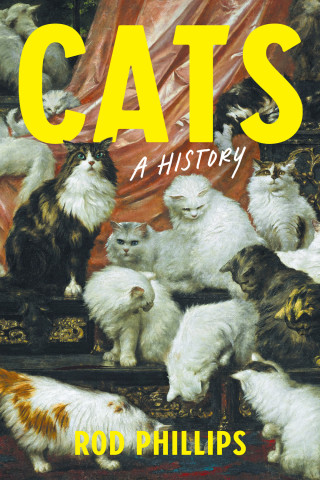
Reviews
For the true story of the heroic firefighter's role in urban America, turn to Tebeau's investigative account.
Tebeau develops an interwoven story of gender, class, culture, and technology: contrasting the heroics of working-class firefighters with the rational order of middle-class fire underwriters... An engaging narrative and a fascinating story make this book a rare pleasure—both an academic monograph and a good read.
Emblazed against a historic backdrop of 150 years, Eating Smoke chronicles the parallel development of US firefighting forces and the fire insurance industry.
In his ambitious and detailed new book, Eating Smoke, Tebeau sets out to explain the role of two largely undocumented actors—firemen and insurance men—in analyzing, managing, and attacking urban fire... Tebeau's study vigorously opens the way for scholars looking to make sense of the city in the midst of an era of uncertainty and risk.
A rich and highly informative work that deftly uses the 'problem' of urban fire to cast light on a wide array of turn-of-the-century transformations.
For business historians its fascination may well lie in its combination of an active physical workforce who were banded together methodically in local pump houses and were tamed by a managerial and bureaucratic set of rules and procedures that were monitored by, if not subjected to, the guidelines of insurers.
In the nineteenth and early twentieth centuries, the destructive power of fire posed a major obstacle to the development of urban America... Eating Smoke is a richly detailed chronicle of the two types of effort to confront and contain this vulnerability: firefighting and fire insurance.
Tebeau's ambitious, informative, and absorbing book explains, among many other fascinating things, why little boys want to become firemen and not fire-insurance brokers.
Tebeau has interwoven two stories. One charts the changes in firefighting from voluntary organizations to rationalized municipal services; the other moves the fire insurance industry from a focus on observation, to quantification, to prevention of urban fires. Eating Smoke addresses a diverse literature on masculinity, consumerism, and urban and reform history.
Book Details
Preface and Acknowledgments
Introduction: The Problem of Fire
Part I: Smoke
1. Workshops of Democracy: The Invention of Volunteer Firefighting
2. The Business of Safety: The American Fire Insurance
Preface and Acknowledgments
Introduction: The Problem of Fire
Part I: Smoke
1. Workshops of Democracy: The Invention of Volunteer Firefighting
2. The Business of Safety: The American Fire Insurance Industry, 1800–1850
Part II: Fire
3. Statistics, Maps, and Morals: Making Fire Risk Objective, 1850–1875
4. Muscle and Steam: Establishing Municipal Fire Departments, 1850–1875
Part III: Water
5. Disciplining the City: Everyday Practice and Mapping Risk, 1875–1900
6. Becoming Heroes: A Standard for Urban Fire Safety, 1875-1900
Part IV: Paper
7. Consuming Safety: Fire Prevention and Fire Risk in the Twentieth Century
8. Eating Smoke: Rational Heroes in the Twentieth Century
Conclusion: Fighting Fire in Postwar America
Appendix 1: Firefighting by the Numbers
Appendix 2: Firefighting Careers
Abbreviations
Notes
Essay on Sources
Index





